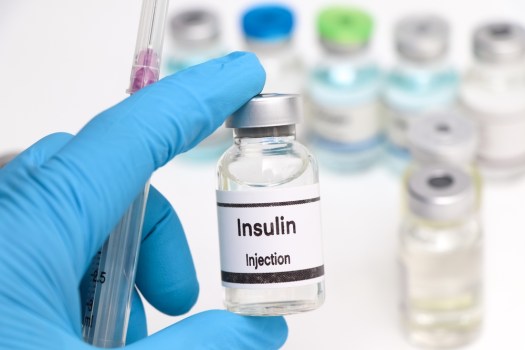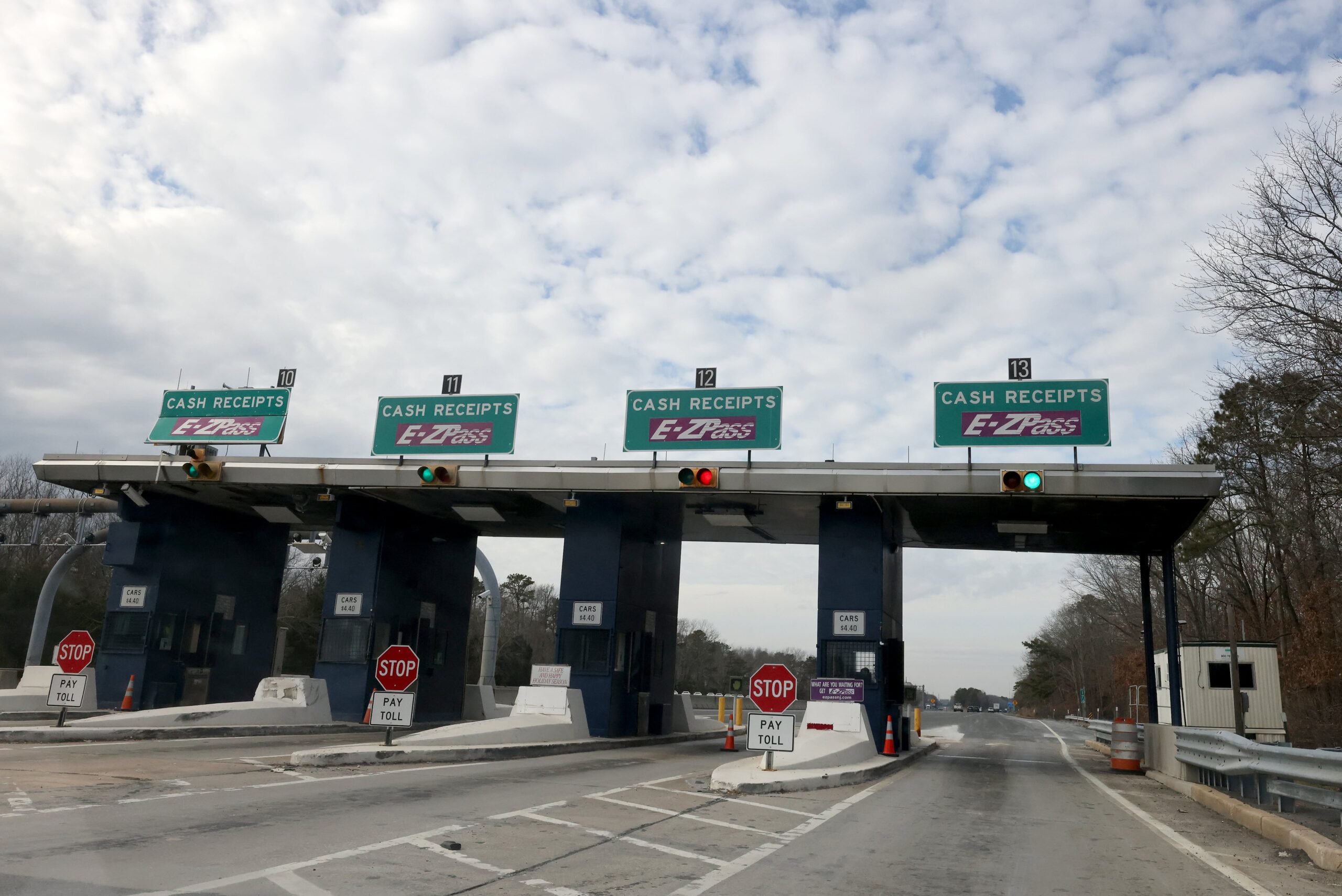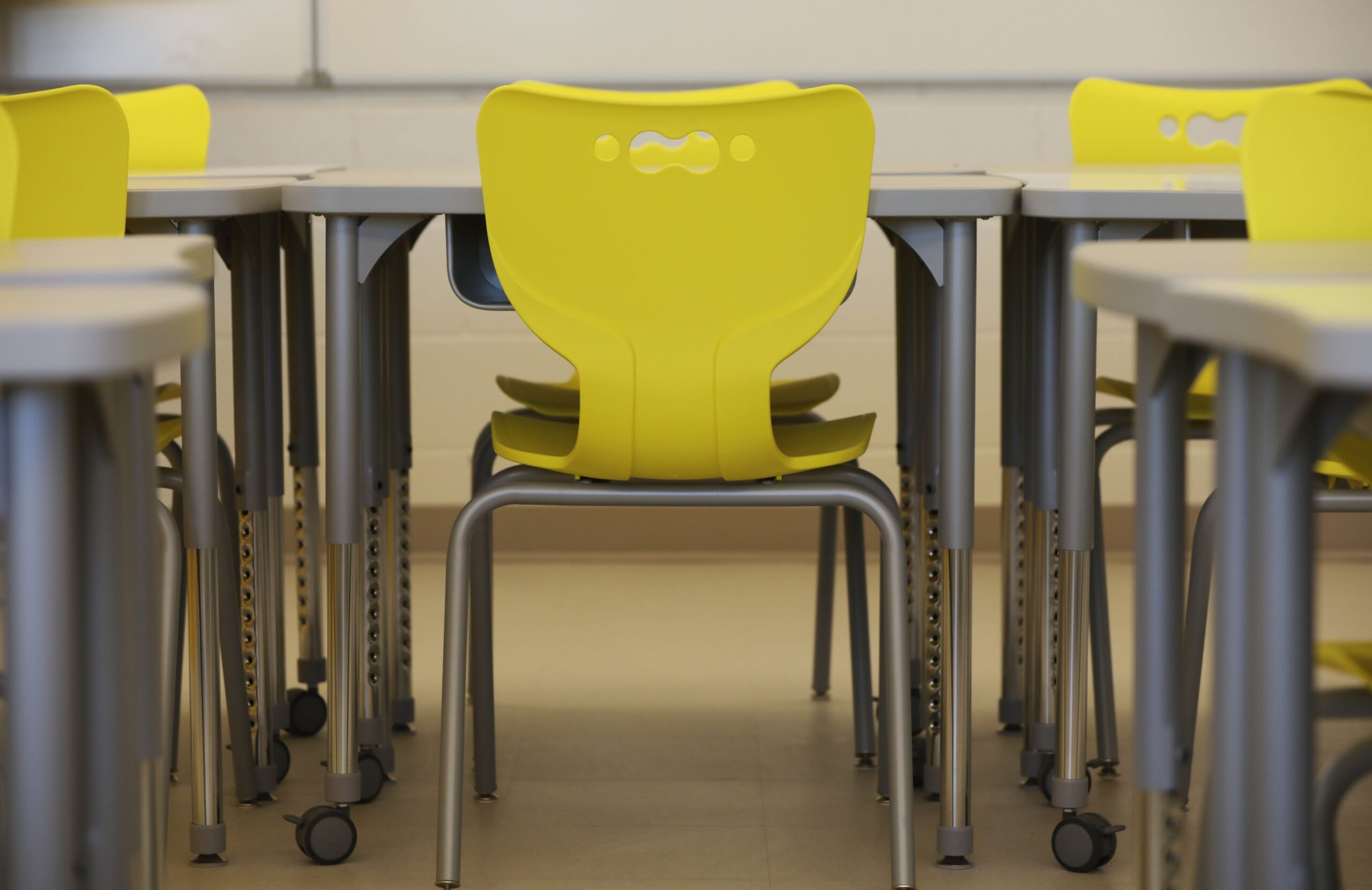The silence of public authorities who do not address this pandemic with tried-and-true, very effective techniques must end immediately for the nearly 1 million people with type 2 diabetes who live in New York City. Normal living is disrupted in many communities where at least 25% of the population now has diabetes. Seeing so many friends and family members in a never-ending fight for their health is debilitating, even for those who are healthy.
Even worse, things don’t have to be this way. Both the state and city health departments have failed miserably to implement clear diabetes control strategies; they will not even begin community-delivered self-care education, which has been so successful in public health battles ranging from HIV prevention to mental health improvement and can be incredibly effective in diabetes, lowering blood sugar, complications, and costs.
In order to get the municipal Board of Health to declare diabetes an emergency, Bronx Borough President Vanessa Gibson organized a Diabetes Action Summit. An additional 60,000 New Yorkers are diagnosed with diabetes each year, bringing the total number of people with the disease to one in nine. Asian, Latino, and Black residents have twice the rate.
The state of New York has the highest diabetes expenditures in the United States due to its horrifying level of complications, which is both humanly intolerable and financially ruinous. Diabetes is the primary cause of kidney disease, which affects over 220,000 people in the greater New York area. Almost all of them will eventually need dialysis or a transplant.
With diabetes being the leading cause of blindness in adults, 493,200 people in New York are blind or have significant visual loss as a result of the city’s heavy caseload. Between 2009 and 2020, the state and city rates of diabetes-related amputations increased by an astounding 100%. The ongoing post-COVID increase has been particularly damaging in the Bronx, where amputation rates are about 60% higher than those in the city as a whole.
Even the American Diabetes Association claims that 90% of these amputations are preventable, yet neither the New York State nor the City health authorities have taken any action to reduce them.
Perhaps the only way we can obtain the much-needed action is to declare a citywide emergency. The lifetime costs of these amputations (surgeon, anesthetic, prosthetics, pain treatment, etc.) can reach $500,000.
Since diabetes has only gotten worse over the years, many people have come to believe that there is nothing they can do about it. Conversely, among all the main diseases, diabetes offers the most chance to assist millions of people live healthier lives and save billions of dollars in public spending.
The results of even modest blood sugar decreases are astounding. Eye damage is reduced by 35% for every 10% drop in a diabetic’s A1C, a common blood sugar indicator. Perhaps the best-reviewed diabetes education in America is the six-session Diabetes Self-Management Program. Participants with type 2 diabetes get a 90% reduction in new kidney disease cases one year later, and their kidney disease is better controlled than it was with the pricey GLP-1 drugs.
This problem is also personal to Vanessa. Her mother’s poorly managed diabetes caused end-stage renal failure, which ultimately led to her death last year. We all know that parents must pass away, but based on what I now know, I am confident that my mother would not have passed away in the agonizing agony of three weekly dialysis procedures, as so many of our moms and fathers do, if she had received adequate self-care education.
New York has the highest diabetes expenditures per patient in the country because it rejects obvious paths to significant cost reductions and generally improved health. Nearly 30% of the $103 billion Medicaid budget is spent on diabetes alone.
According to Chris, this carelessness constitutes a public health felony. The great thing about effective diabetes education is that you can train peer educators in your community to lead it, develop new skills for the community, and give people hope that they will overcome their diabetes.
There are a lot more clear things we can do to address this catastrophe. As the summit host, BronxCare, has done, the state ought to assist safety-net hospitals in becoming diabetic centers of excellence.
Our public messaging ought to be empowering. For example, do you see any public service announcements from New York State or New York City urging their sizable populations who are at risk to simply read all labels and learn how to identify the various types of sugar that are concealed in their food?
No. Nothing is there. Make an emergency declaration.
Gibson is the president of the Bronx borough. Norwood is the community co-chair of the New York City Diabetes Working Group and the founding executive director of Health People in the Bronx.








